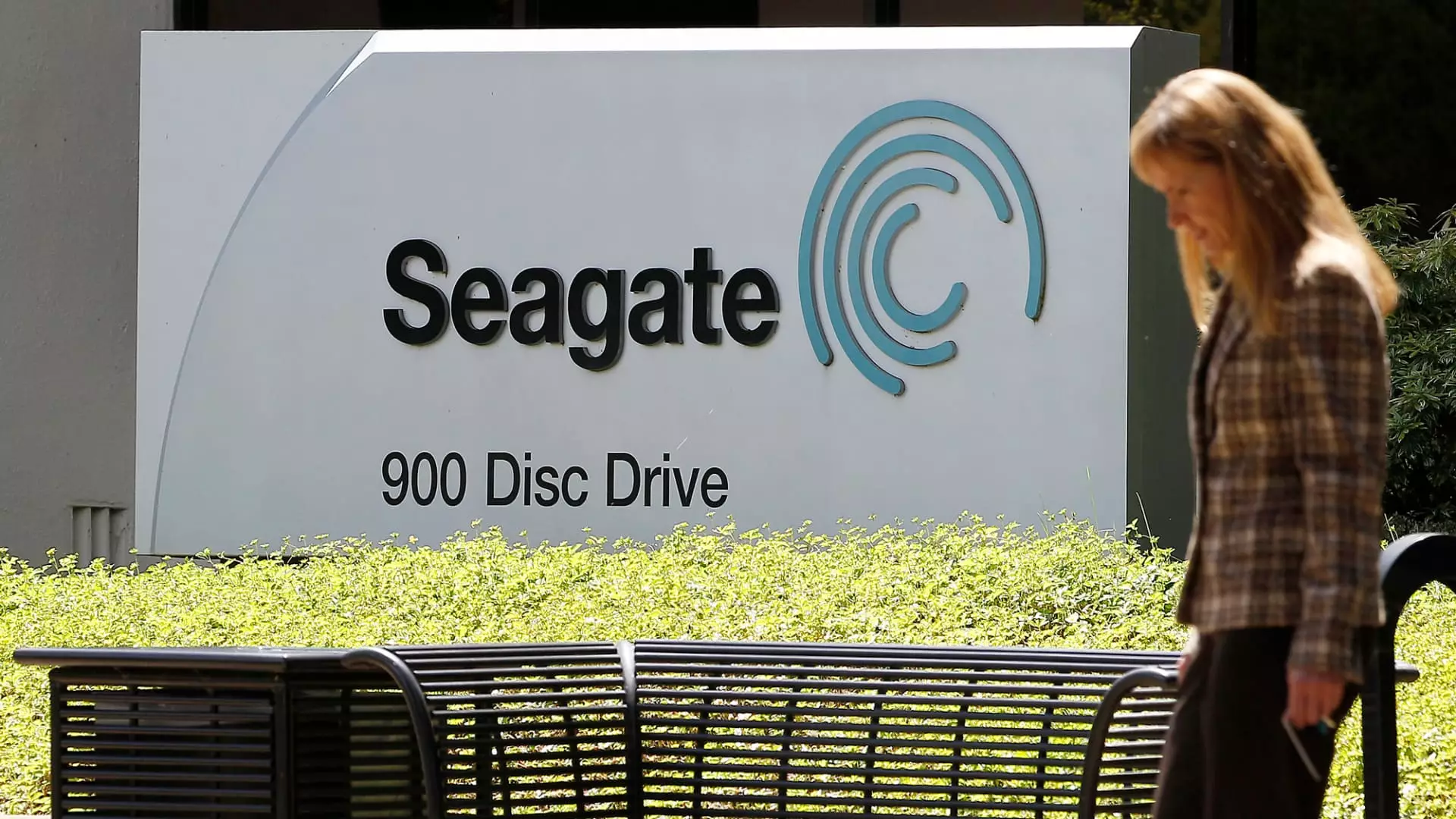As financial markets fluctuate, investors find themselves assessing the implications of recent trends and stock performance metrics. This week saw the S&P 500 acheiving a new peak, with significant upswing reflected across major indices such as the Dow Jones Industrial Average and the Nasdaq Composite. However, this environment of exuberance is accompanied by caution as several high-flying stocks appear primed for pullbacks or corrections.
The recent surge in the S&P 500 index, which advanced by approximately 2%, marks a significant milestone, representing the first pair of consecutive weekly gains since early December. The climb can be attributed to a combination of impactful earnings reports from prominent companies and positive sentiment surrounding governmental policies. Notably, Netflix’s earnings exceeded expectations, adding to the market’s forward momentum. While such gains can be encouraging, they also raise essential questions about sustainability and the potential for a market correction, especially given the current valuations of individual stocks.
Investors are increasingly relying on technical indicators to ascertain market positioning. Among these indicators is the 14-day Relative Strength Index (RSI), which serves as a tool to gauge whether stocks are overbought or oversold within a given timeframe. Stocks with an RSI above 70 may signal overbought conditions, suggesting an impending decline, while those below 30 could indicate oversold conditions, presenting opportunities for potential recovery.
In the spotlight for potential corrections is GE Aerospace, boasting a notably high RSI of 76.1 and experiencing a remarkable 7% uptick in a single week. Despite strong endorsement from analysts—indicating a predominantly bullish sentiment—the company’s average price target suggests limited upside from current levels. With the foundational performance exceeding expectations, eyes are peeled for a possible plateau as investor enthusiasm wanes.
Arista Networks also garners attention, with its shares rallying to a new 52-week high following President Trump’s significant AI announcement. Arista’s RSI, calculated at 74.2, along with a 7.6% weekly increase, raises flags about the sustainability of its recent performance. Analysts are optimistic regarding its ventures with major tech firms, yet the current pricing already sits approximately 13% above their consensus target, which adds an element of risk for potential investors.
Seagate Technology makes its entrance into the overbought territory as well, displaying a significant 10% increase week-to-date. The company’s strong earnings results buoyed investor confidence, yet its RSI of 76.7 suggests cautious optimism moving forward. Analysts project a 13.2% increase from closed values, yet the performance vis-a-vis stock price dynamics necessitates cautious navigation.
While conversations around overbought stocks dominate, the landscape of oversold stocks also merits attention. Electronic Arts, in particular, presents a compelling case with a staggering RSI of just 8.1. Following a sharp decline attributed to downward adjustments in earnings guidance, the stock is experiencing significant pressure. The potential for recovery in such oversold conditions exists but may take time and strategic management.
Las Vegas Sands, a name frequently associated with luxury and gaming, displays an RSI of 27.2, indicating an oversold status. Despite its current struggle, it enjoys considerable analyst backing, with 15 out of 20 rating it as a buy or strong buy. The estimated growth potential of over 36% suggests that recovery is plausible, revitalizing interest from potential investors.
The recent rally in the S&P 500 paints a picture of a vibrant market, yet caution is warranted as certain stocks exhibit signs of overbought conditions. Investors must carefully analyze both the fundamentals and technical indicators to navigate this complex landscape. Meanwhile, the potential for recovery in oversold assets presents distinct opportunities, reinforcing the necessity of a balanced and disciplined investment strategy. As markets remain dynamic, stakeholders must remain vigilant in their assessments to capitalize on forthcoming opportunities and mitigate risks effectively.


Leave a Reply